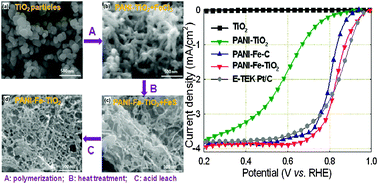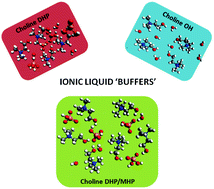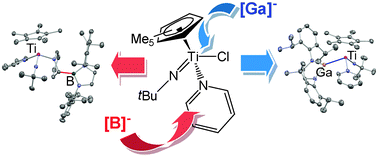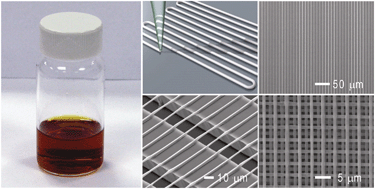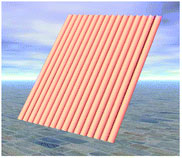A new titanium dioxide-supported polyaniline iron catalyst exhibits improved catalytic activity for oxygen reduction when compared to traditional carbon-supported materials. With prohibitive costs of current platinum-based catalysts used in polymer electrolyte fuel cells this new catalyst material might be the cheaper alternative.
Piotr Zelenay, Gang Wu and co-workers at Los Alamos National Laboratory and a collaborator from the University of South Carolina, published their findings in ChemComm.
Interested to read more, then why not download the article today, which is free to access until the 5th of November and leave some blog comments below.
Having trouble accessing the free content in ChemComm? Register for an RSC Publishing personal account today.


